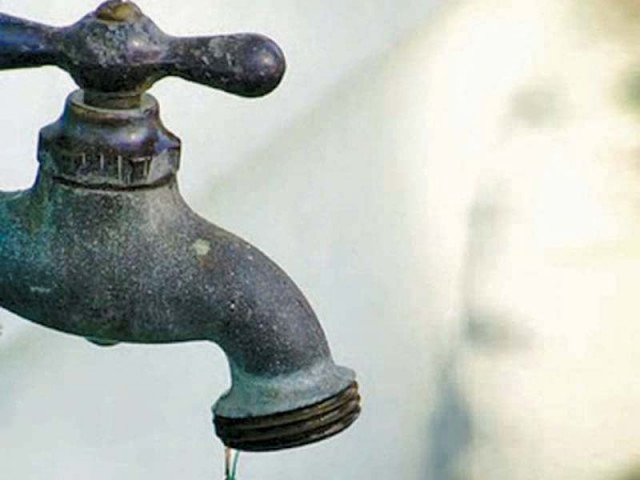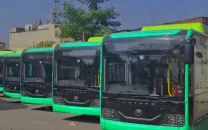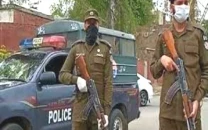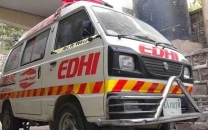Twin cities likely to face water shortages in coming days
Water level in three major dams is steadily plummeting owing to below average rainfall

The twin cities Rawalpindi and Islamabad are likely to face severe water shortages in summer after Eidul Fitr as the water level in three major dams — Rawal, Khanpur and Simly dams, which supply water to both the cities — is steadily plummeting owing to below-average rains.
Owing to fewer rains in the last one month or so, the three dams' catchment areas have likewise dried up.
At the same time, the underground water level in the twin cities is also tumbling declining. The water supply in the tubes, up to 500 feet deep, has been reduced, and the soil has also started coming with the water
The Meteorological Department has forecast below-average rainfall from April to June this year. Pakistan recorded less than normal snowfall this winter, and with rainfall expected to follow a similar trend, there is a risk of water shortage in the country’s major reserves in the coming season, the Met Office said.
The Met Office has said that no heavy rain is expected in the next 30 days. The Rawal Dam with a water storage capacity of 1,752-acre-feet currently has up to 1550 act feet of water. Similarly, the Khanpur Dam having a capacity of 1982 acres feet water currently has less than 1,900 acres feet water and the banks of these two large dams have started to dry up.
The water supply has also been reduced from the Simly Dam. With the looming water crisis, tanker suppliers have increased the rates. The rate of a small water bowser has been increased from Rs800 to Rs1,200, medium water bowser from Rs1,200 to Rs1,500 while the rate of a big water trolley has been increased from Rs1,500 to Rs2,000.
In Rawalpindi city, Dhok Khabba, Sadiqabad, Shakrial, Muslim Town, Pirudhai, Dhok Hasso, Dhok Ratta, Dhok Najo, Ganjmandi, Gulistan Colony, Morgah, Kotha Kalan, Adiala Road Cantt Areas, Dhok Chirag Din, Jhanda Chichi, Westridge, Saham, Misryal, Shale Valley, Tinch Bhatta, People's Colony, and Dhok Syedan have been experiencing the water shortage.
Water and Sanitation Agency (WASA) Vice-Chairman Haroon Kamal Hashmi said that the water level in dams and under the surface has dropped significantly due to the below-average rainfall in the last couple of months.
“We supply water to the whole city from our nearly 500 tube wells. We have done our homework to deal with the water crisis in the summer and have readied additional water motors for water supply. If a water motor tops functioning, it will be replaced immediately to ensure water supply to the best of our capacity,” he said adding that tube wells that have recently been revived will also be activated in three weeks.
Published in The Express Tribune, April 6th, 2022.



















COMMENTS
Comments are moderated and generally will be posted if they are on-topic and not abusive.
For more information, please see our Comments FAQ